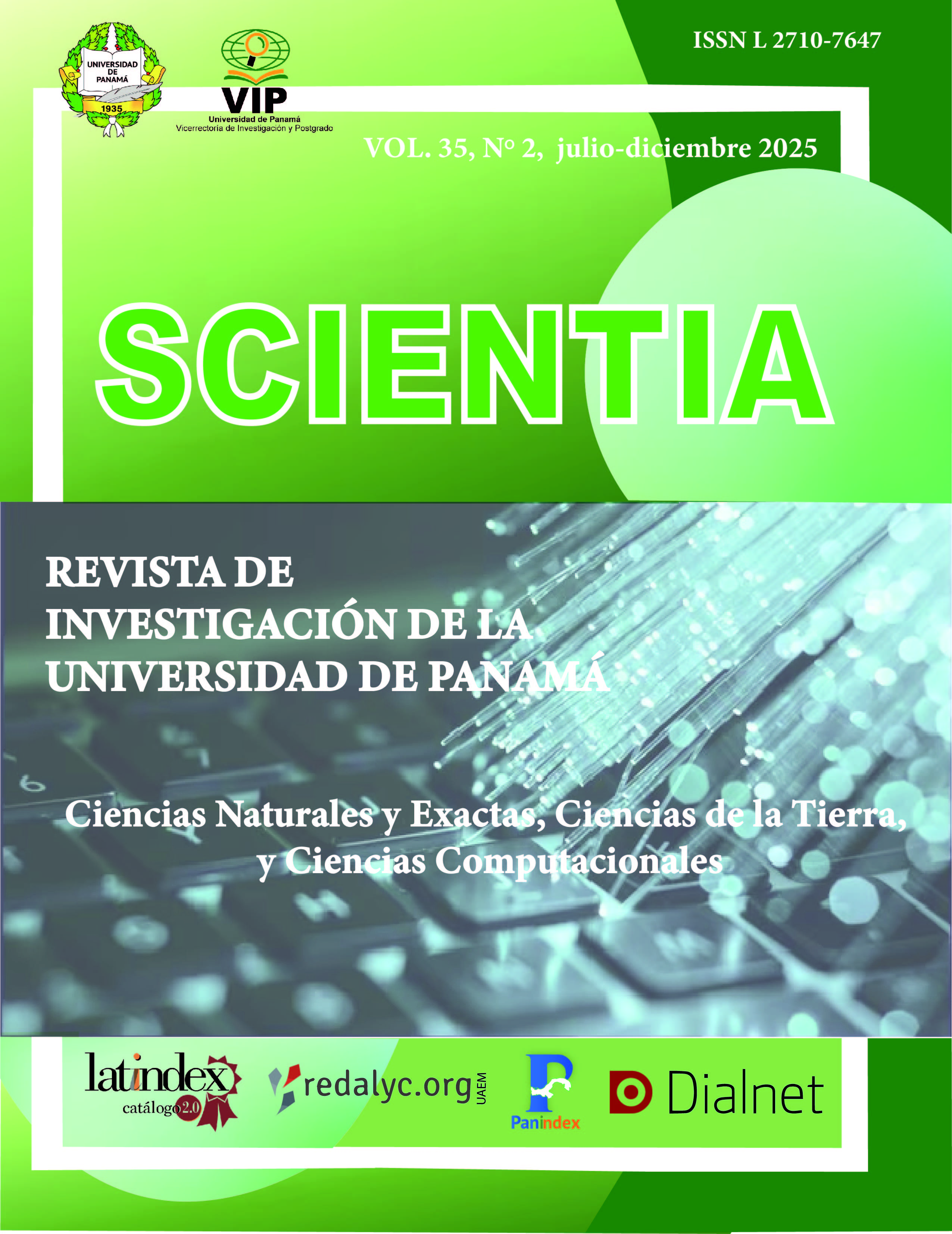

Copyright (c) 2025 Scientia

This work is licensed under a Creative Commons Attribution-NonCommercial-ShareAlike 4.0 International License.
Heavy metal contamination is one of the primary threats to aquatic ecosystems, resulting in adverse effects on marine life. In this study, the genotoxicity of Siete River water on juvenile Oreochromis niloticus was evaluated using the micronucleus assay and the Comet assay. Five treatments with different concentrations of contaminated water (0%, 10%, 25%, 50%, and 100%) were established to evaluate survival and genotoxic effects on erythrocytes after 19 days of exposure. Analysis of water and sediments revealed that arsenic concentrations in the water and lead concentrations in the sediment exceeded regulatory limits, which could represent an environmental risk to aquatic life. Genotoxic biomarkers showed a dose-dependent relationship with contamination, as evidenced by a significant increase in micronucleus frequencies and DNA fragmentation in treatments with higher concentrations of contaminated water (p < 0.05). The Comet assay showed progressive levels of DNA damage, with a decrease in locomotor activity observed in fish exposed to heavy metals, while an increase in intraspecific aggression and cannibalism was recorded in the control group. These results underscore the importance of continuous environmental monitoring and the use of O. niloticus as a bioindicator of heavy metal contamination in aquatic ecosystems.